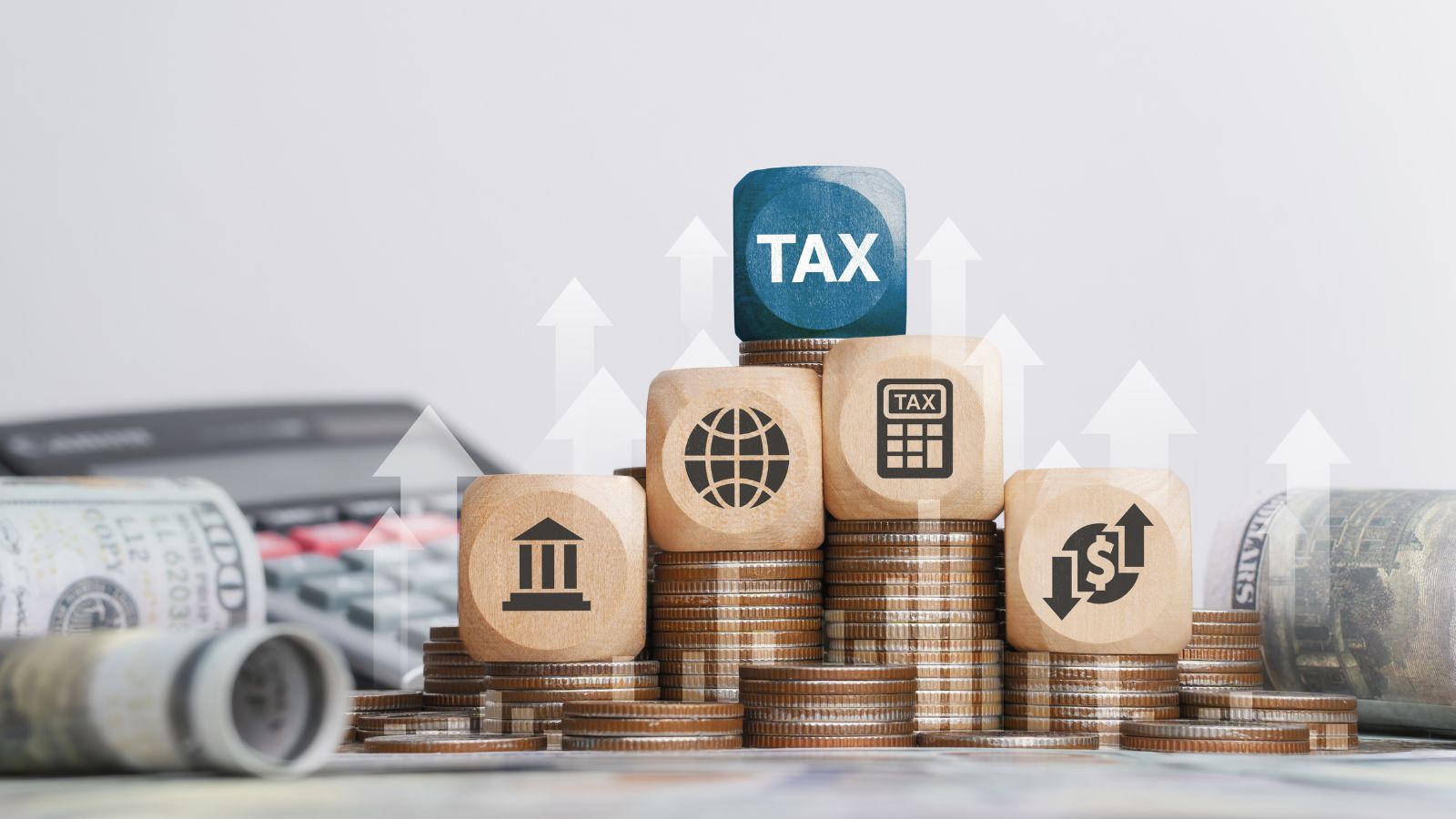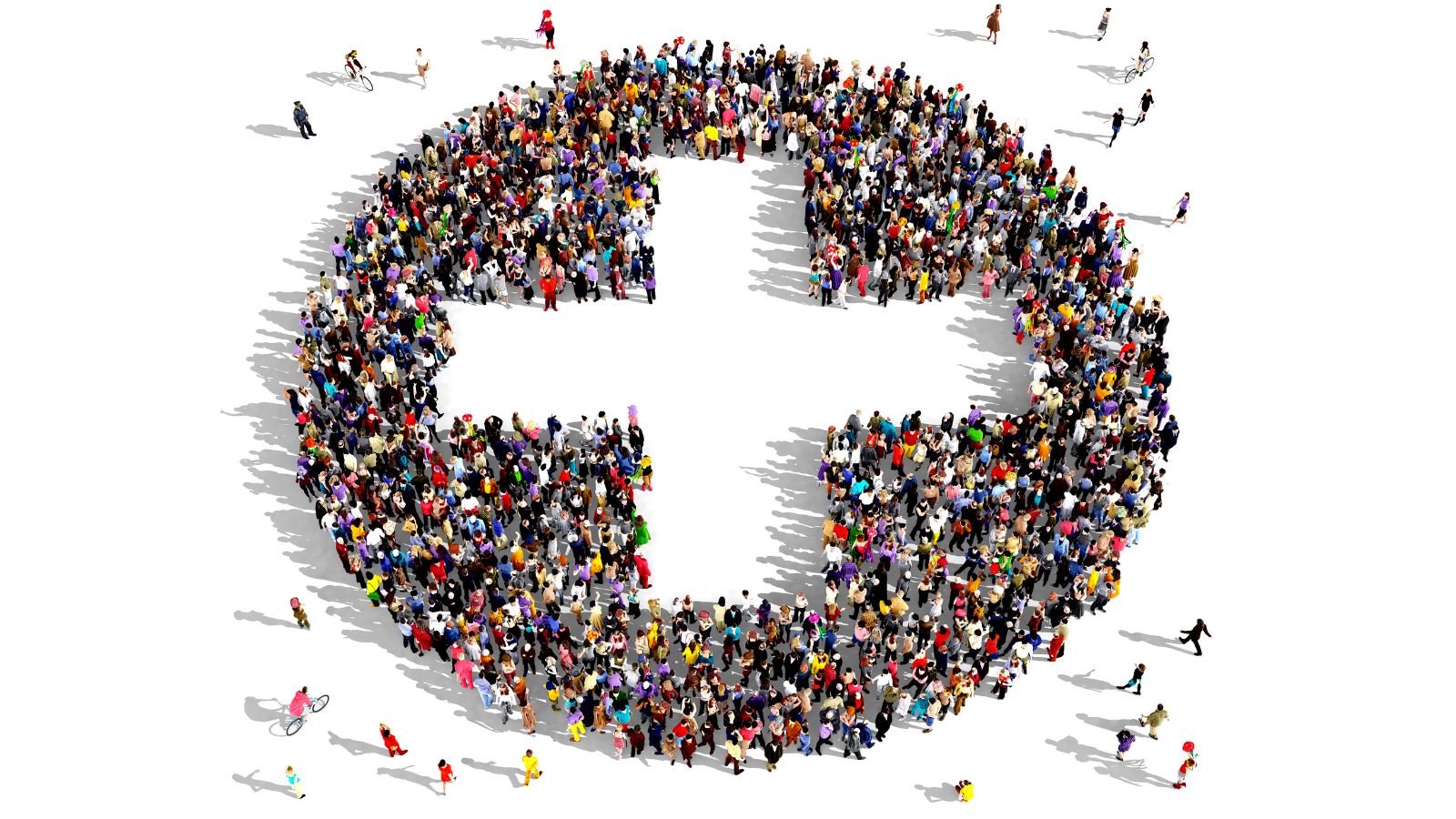In many ways, living in a city with high demand feels like a dream come true. Urban life is alluring because of the many job options, lively culture, and easy access to contemporary conveniences. But beneath the glitz and glamour of the metropolis is a maze of unstated costs that can break the bank and try your fortitude. Urban living can present financial surprises that many people are unaware of, ranging from skyrocketing rents to unforeseen lifestyle expenses. Let’s explore 18 unanticipated living expenses in popular locations you might not have considered.
Skyrocketing Rent

Landlords take full advantage of the fact that renting in a city with high demand means fighting for limited housing. Renters have little money to spare because even small apartments cost a small fortune. For a better location or a slightly bigger space, prepare to pay an even steeper price, often beyond your initial budget. With rental costs increasing annually, staying put doesn’t always guarantee affordability.
Costly Commutes

Public transportation systems in high-demand cities may be strong, but they are not inexpensive. Parking costs, ride-hailing services, and monthly metro passes can total hundreds of dollars. In addition to wasting time, regular traffic jams can increase fuel expenses and wear and strain your car if you drive. There are costs associated with cycling as well, such as upkeep and preventing bike theft.
Pricey Food Items

There are unique difficulties associated with grocery shopping in large cities. Price increases are caused by a shortage of supermarket space and increased operating expenses. Specialty or organic products have premium price tags, but essential items might be much more expensive than in smaller places. You’ll pay even more if you choose to eat out rather than go food shopping.
Increased Taxes

Higher local taxes are levied in many urban regions to fund public services and infrastructure. Residents frequently pay higher property, income, and sales taxes, which can significantly increase the cost of necessities. Your paycheck may be reduced by these extra taxes, leaving you with less money than you had anticipated.
Premiums for Health Care

Better access to medical facilities may be available in cities, but the cost is high. Urban medical practitioners frequently charge more, and insurance rates are raised to reflect the increased cost of living. You may have to pay much more for healthcare if you need specialized treatment or routine examinations.
Utility Expenses

Factors like growing consumption and aging infrastructure in high-demand areas can cause utility prices to skyrocket. Costs for gas, electricity, and water are frequently higher, particularly in older apartment complexes with inadequate insulation. Your monthly power cost can quickly become out of control when you include contemporary comforts like internet or smart home services.
Expensive Dining

Even though dining alternatives in cities are well-known, eating out is rarely affordable. Even informal dinners at neighborhood restaurants might feel pricey, and sophisticated dining establishments frequently demand a high price tag. Convenience fees for delivery and takeout services also raise the price even more. Regularly eating out in a metropolis might rapidly break the bank.
Costs of Childcare

Financially speaking, raising kids in a city with strong demand is no easy task. Due to strong demand and limited space in respectable institutions, daycares and nannies charge premium rates. Early enrollment, extracurricular activities, and even child transportation services frequently come with additional costs for parents.
Entertainment Expenses

From live music to theaters and museums, cities are teeming with entertainment options, but these experiences are frequently expensive. In cities, concert and event tickets are typically more costly. Even free events can still be far from cost-free because they may involve expenses for food, drink, or transportation.
Fitness Charges

Paying for pricey gym memberships or specialty exercise classes is frequently necessary to stay in shape in the city. Exorbitant fees are charged for upscale facilities with pools or sophisticated equipment. There might not be many opportunities for outdoor exercise, and parks that are open to the public may occasionally charge admission or demand licenses for certain activities.
Insurance Rates

Insurance rates are impacted by the increased hazards associated with urban regions, such as theft, accidents, and natural disasters. In cities with strong demand, insurance rates are higher for rental, home, and auto insurance. Your monthly budget becomes significantly more burdened by these ongoing costs.
Moving Costs

It might be difficult and costly to relocate to a city with high demand. Because of the high cost of labor, parking issues, and traffic congestion, movers charge higher costs. The procedure could also be financially daunting due to high broker fees, upfront payments, and security deposits.
Wardrobe Upgrade

Unspoken expectations about how one should dress are common in urban environments, particularly in professional contexts. You may find yourself spending more on apparel and accessories to stay up with social conventions or fashion trends. Additionally, changing your clothes frequently due to seasonal changes can put a strain on your money.
Pet Costs

There are particular costs and difficulties associated with pet ownership in urban areas. Large pet deposits or monthly fees are required by many residential complexes. Due to limited outside space, pet daycare services or dog walkers may be necessary. The total cost of pet ownership is increased by the higher expense of veterinary care in urban areas.
Storage Charges

If your apartment is too small, you may need to rent a storage container for seasonal things or personal belongings. Urban storage costs are particularly costly, and the trouble of having to travel to retrieve your belongings can increase the expense even further.
Costs of Education

For extracurricular programs, field trips, or supplies, public schools in urban areas sometimes depend on extra parent donations. Private schools have high tuition costs if public schools don’t live up to your standards. The burden is increased by the higher tuition fees charged by metropolitan higher education institutions.
Networking Expenses

Although it might be costly, networking is an essential aspect of city living. Tickets, memberships, or travel costs are frequently needed to attend industry events, seminars, or social gatherings. Particularly for professionals attempting to launch their careers in cutthroat marketplaces, these expenses can mount up rapidly.
Emotional Expenses

Your mental health may suffer if you live in a fast-paced urban setting. Burnout can result from the strain of long trips, expensive costs, and ongoing competition. Investing in therapy, wellness programs, or self-care activities becomes necessary but adds another hidden expense to your city lifestyle.
Conclusion

Urban living can be far more expensive than expected due to hidden costs, even while highly sought-after cities provide opportunity and excitement. These costs, which range from soaring rents to psychological tolls, are frequently overlooked until they become inevitable. You may make better decisions and get ready for the realities of city life by being aware of these difficulties.
20 Reasons Why Wealthy Investors Are Looking At The Caribbean

The Caribbean has long been known for its stunning landscapes and vibrant culture, but in recent years, it has also become an attractive destination for wealthy investors. The region offers numerous financial, economic, and lifestyle advantages that appeal to high-net-worth individuals seeking opportunities. Here are 20 reasons why the Caribbean has captured the attention of the global investment community.
20 Reasons Why Wealthy Investors Are Looking At The Caribbean
